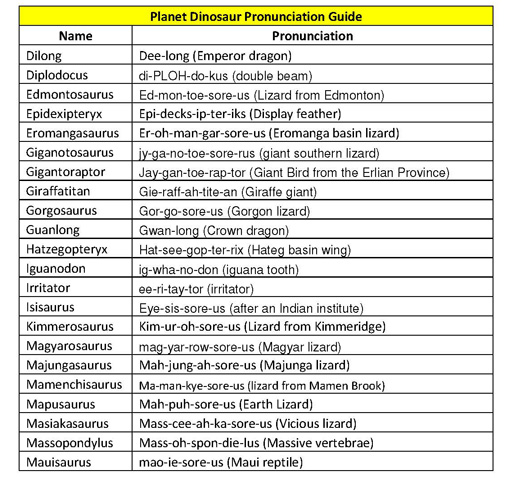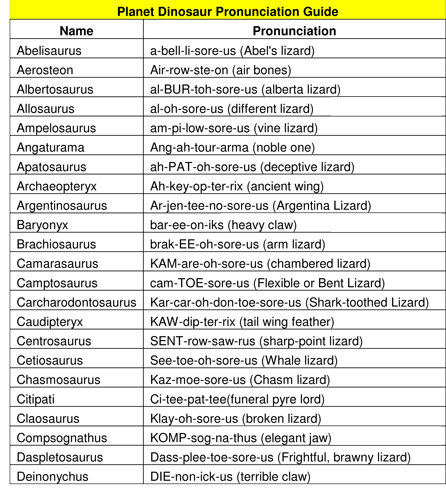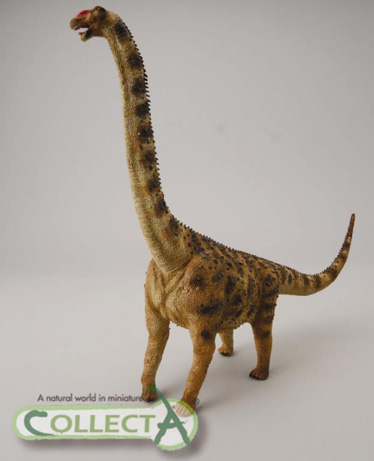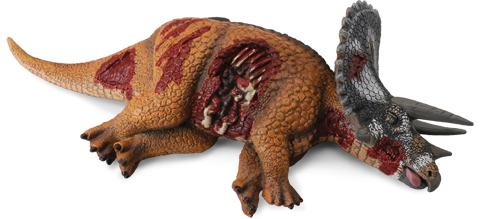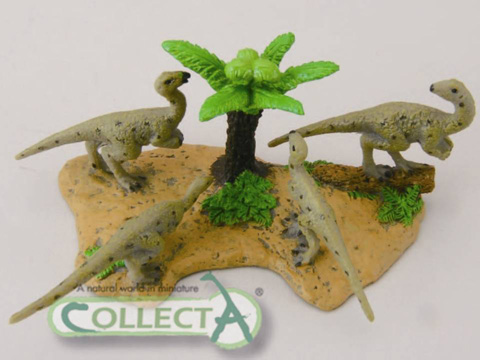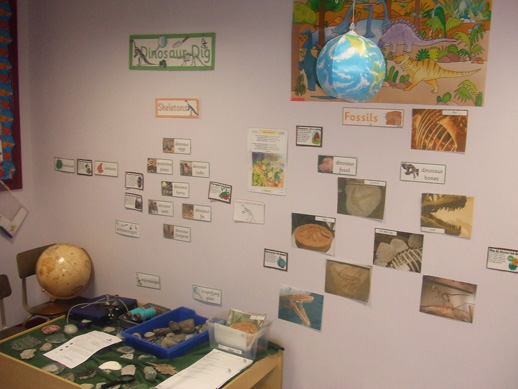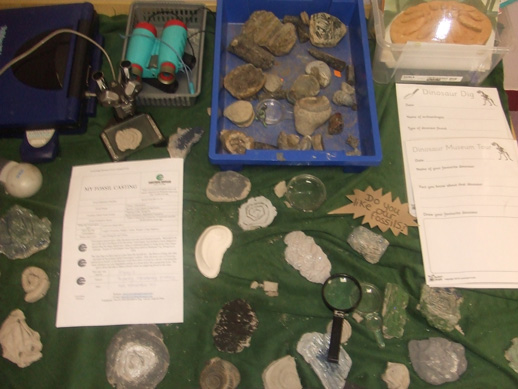The Remarkable Lark Quarry Dinosaur Footprints – Scientists Re-examine the Evidence
Could Australoventator have caused the Stampede at Lark Quarry?
Lark Quarry, near to the town of Winton (Queensland, Australia) is one of the most remarkable dinosaur fossil locations in the world. It contains the track ways of at least three different types of dinosaurs and the fine-grained sandstone seems to show a large dinosaur disturbing smaller animals and forcing them to stampede. The Lark Quarry dinosaur footprints have been the subject of extensive research.
Lark Quarry Dinosaur Footprints
The footprints indicate that a small herd of herbivorous dinosaurs and a larger number of small, predatory coelurosaurs were disturbed by a larger, presumably carnivorous dinosaur causing the animals to scatter and run. The Lark Quarry site contains more than 3,300 individual footprints and it has been extensively studied, the whole incident took place in less than ten seconds but the tracks have remained in pristine condition since they were laid down by the side of a watercourse something like ninety-five to one hundred million years ago.
The larger prints, of which there are eleven in total indicate an animal more than ten metres long. These prints have been ascribed to a dinosaur called Tyrannosauropus, however, scientists continue to debate exactly what sort of dinosaurs did actually make the trackways.
The fossilised tracks, which date from the Cenomanian faunal stage, are being studied intensely and Queensland Museum curator Dr Scott Hocknull says technology is allowing scientists to make new discoveries about this “dinosaur stampede”.
Tracks Made by Australovenator?
Dr Hocknull says new research suggests the footprints were made by a different “meat-eating” dinosaur than what has been suspected up until now. Tyrannosauropus may have to be replaced by Australovenator, a theropod dinosaur whose fossils have been found in the locality.
Dr Hocknull says more scientific research is due to be published within a year to support the idea that the stampede was caused by a smaller dinosaur called Australovenator (A. wintonensis), a dinosaur named and described in 2009 by Dr Hocknull and his colleagues.
To view replicas and models of theropod dinosaurs including Australovenator (whilst stocks last): CollectA Prehistoric Life Dinosaurs.
Team members at Everything Dinosaur reported on the discovery of three new dinosaur genera in Queensland back in 2009, one of these was Australovenator, the specimen was nick-named “Banjo” at the time.
To read more about this discovery: A Trio of Dinosaurs from Down Under.
Now it looks like the large footprints, the ones of the dinosaur suspected of causing the stampede could be ascribed to Australovenator wintonensis.
Dr Hocknull commented:
“We have an opportunity to reconstruct an animal not only that lived 100 million years ago and also made footprints, but also the bones of an animal that was found in the very same area, was of the same age, and very likely fits the footprints.”
Scott and his team hope to publish further work on the track ways within a few months, perhaps being able to identify the species involved by matching up body fossils with the trace fossil footprints.
Explaining the difficulties in achieving this he added:
“These footprints are exceptionally rare to find. The story isn’t completely written – we have to re-look at these things.”
In an earlier paper, published last year, it was suggested that the large tracks were not of a meat-eating dinosaur at all, but of a large, herbivorous ornithopod. This may explain the relatively slow speeds of the escaping dinosaurs, they were not running for their lives but simply trying to get out of the way of a slow, lumbering iguanodontid-like dinosaur that was coming their way.
To read the article associated with this research: Lark Quarry Re-visited, Not Tyrannosauropus after all?


